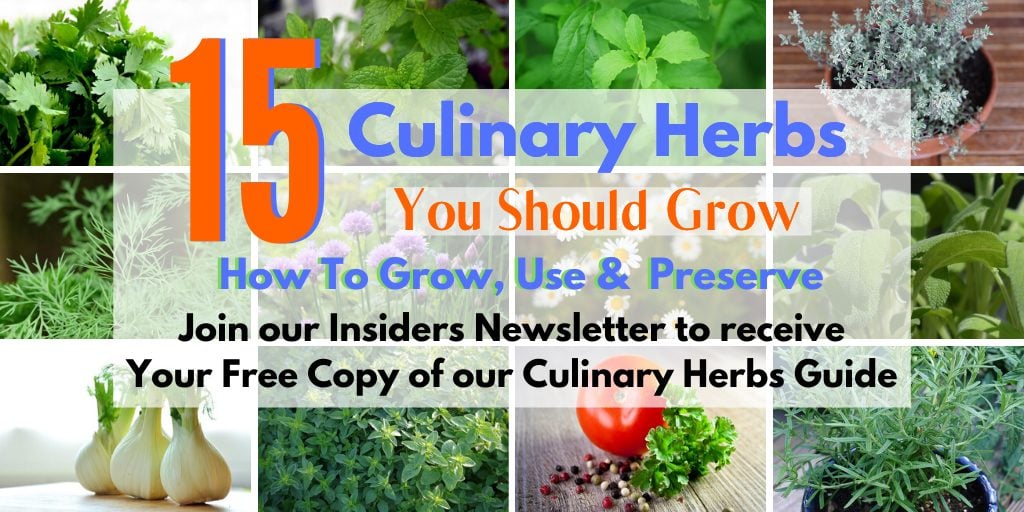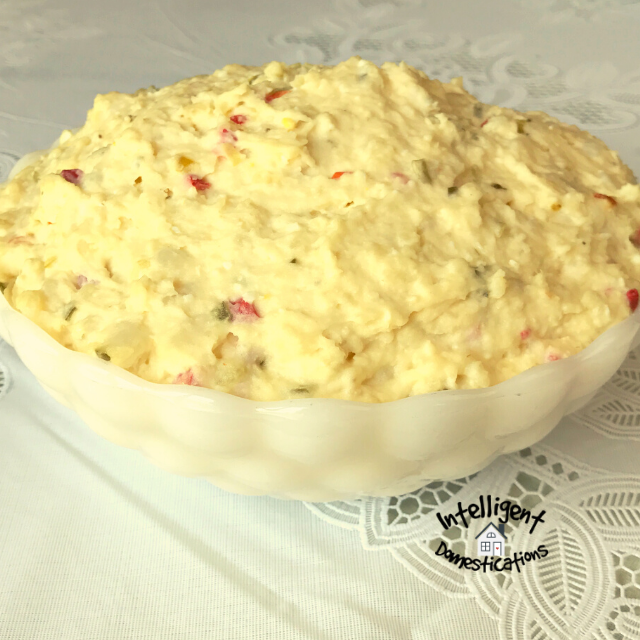Salad Fixings You Can Grow Indoors
Salad Fixings you can grow include lettuce but so much more. We are talking about homegrown herbs and vegetables you can toss into a salad like; tomatoes, onions, peppers, and more that you can grow at home with a little indoor container gardening.

We have all enjoyed a nice bowl of fresh salad greens as a side dish with dinner at home from time to time.
The best yummy salads have good fresh fixings piled into them. I’m not talking about making a Chef Salad, just a few additions to spice up a simple garden salad, using food you can grow yourself.
This article contains affiliate links. Please see our Disclosure Policy.
I have shared a few How-to’s on growing your own Salad Bowl Gardens indoors as part of a series. You will find all articles linked at the end of this post.
But let’s talk about growing some other fresh herbs and vegetables that are great additions to a bowl of salad on the dinner table. Some of these home grown vegetables are great for more than just salads and they can all be grown indoors.
Table of Contents
What Salad Foods Can You Grow Indoors
Herbs
I am sure you know the outrageous price of fresh herbs at the grocery store. It can cost $3-$4 for a small package of herbs. You can grow an abundance in a small tin can sitting in a windowsill for less and have fresh herbs all the time.

Grow your own Herbs in any small container you have handy in a sunny window. You can grow your own fresh herbs outside in containers beginning in the Spring and right up until frost in the fall. But, you can grow herbs inside year round, just like lettuce, in a sunny window.
Herbs you can grow for salads and other recipes:
- Basil
- Mint
- Parsley
- Cilantro
- Chives
- Rosemary
- Oregano
- Thyme
Download our free Cooking Herbs Guide with 15 commonly used kitchen herbs.
Sprouts
Sprouts are not for everyone. They are an acquired taste but a good addition to salads if you like them. Just like fresh herbs, sprouts are expensive at the grocery store. They require very little space for growing and do not even need dirt as they can even be grown hydroponically. Best of all, they are ready to eat in just a few days.
Common seeds to sprout include beans and peas, radish, beet, and alfalfa sprouts. Start with the sprouts you like to eat, then if you want to try more, go for it.
Tomatoes And Peppers
You don’t typically think of tomatoes and peppers as vegetables you would grow indoors, but you can. Of course, during the warmer months, you can certainly grow them in containers on your porch or deck.

Cherry or Plum Tomatoes Are Ideal for Growing Indoors
You need a sunny window, preferably an east-west window with 8 hours of sunlight each day and inside temperatures not below 70°. Be patient and plant early because they take between 60-80 days to harvest. Once you begin harvesting, you can have a steady supply, especially if you do succession planting. Tomato plants can be grown in a hanging basket which is a space saver so if you have a good spot in front of the window, that is one option.

Peppers
Peppers need less space to spread out than tomatoes but they need a deep container for their roots, like tomatoes. The best varieties to plant indoors include; hot chili peppers like pequins or chiltepins and habaneros.
Sweet peppers like, Bell are a little more trouble to grow indoors but it can be done. You may need grow lights and a little extra space. After all, everything can’t grow in one kitchen window. If you have a good place, go for it. As with all of the lettuce, you can grow from seeds or go to your local nursery and purchase seedlings. Peppers can also be grown in a hanging basket if you have the right spot in front of a sunny window.
Green Onions
Branching out from growing the most common salad fixings, you can even grow green onions on your kitchen counter.

You might need to seriously love onions to give it a try but if you are having fun and feeling that sense of accomplishment from growing your own food, add green onions to your indoor crops.
We can’t really grow the traditional onions, like Vidalia which grow deep in the ground but we can grow some green onions for our salads and other recipes like topping a baked potato.
Radishes
Your can also grow radishes indoors in a sunny window with 6 to 8 hours of sunlight each day. The pot needs to be at least six inches deep and you cannot overcrowd the plants. As with all root crops, make sure your soil is free of debris like rocks or sticks. This recipe for Low Carb Southwestern Breakfast Skillet uses roasted radishes which are scrumptious. You may be surprised to learn they get a hint of sweetness when roasted.
Salad Fixings You Can Grow Indoors In Containers:
- Tomatoes-Cherry or Plum
- Green Onions
- Herbs
- Sprouts
- Radishes
Learn more about growing your own salad fixings in our Salad Bowl Container Gardening Series.
Salad Bowl Container Gardening Series Articles:
3 Reasons To Grow A Salad Bowl Garden
Salad Bowl Gardening Made Easy
Types Of Lettuce To Easily Grow In Containers
How To Grow Your Own Salad Green Year Round
Book Review: Year-Round Indoor Salad Gardening: How to Grow Nutrient-Dense, Soil-Sprouted Greens in Less Than 10 days









